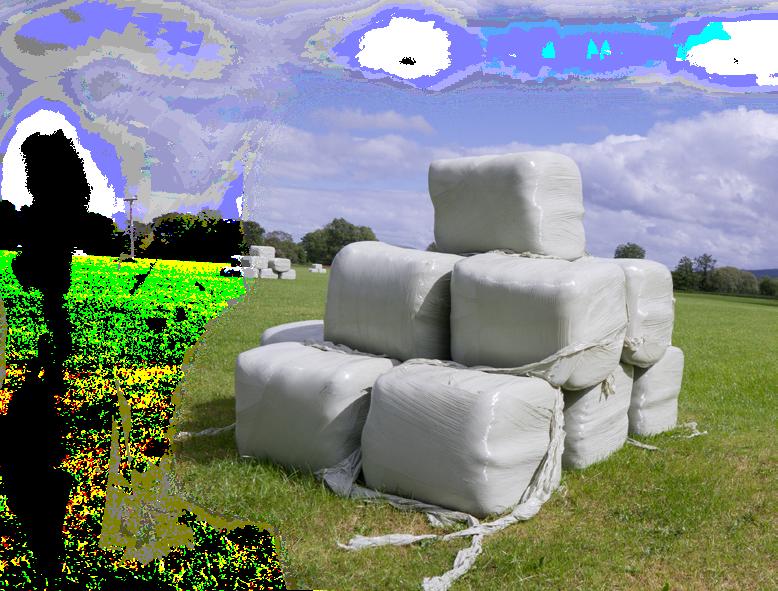
2 minute read
RESPIRATORY
Study: Damper Diet Linked to Better Airway Health in Racehorses
By Adam Marcus
Racehorses fed haylage show fewer markers of mild asthma than if they eat conventional, dry forage, new research shows.
The study, presented at the 2020 virtual meeting of the American Association of Equine Practitioners, found that the damp-hay diet was linked to lower levels of immune activity than dry hay. Animals provided steamed hay also appeared to benefit, although the effect did not reach statistical significance, according to the researchers.
“We think that if we had enrolled more horses and/or given more time, we would have likely detected the benefit,” said Laurent Couetil, DVM, PhD, professor of large animal medicine at the Purdue University College of Veterinary Medicine, in West Lafayette, Ind., who led the study.
Previous pilot studies have suggested that moist hays can reduce markers of airway inflammation, but Dr. Couetil’s group wanted to confirm the effect in the real-world setting of the racetrack.
Haylage has at least 2 advantages over conventional hay, Couetil said. With a moisture content of between 30% and 40%, it’s about twice as damp as regular hay. “As a result, horses are exposed to a much lower dust level,” he told Modern Equine Vet. “Also, the nutritional value of haylage is closer to fresh grass and that seems to be another important factor explaining its beneficial effect on lung health.”
For the study, Couetil and his colleagues randomly assigned 73 racehorses to receive either hay, steamed hay or haylage for 6 weeks. They performed broncheoalveolar lavage at the start of the study and at weeks 3 and 6, testing the fluid for markers of inflammation including neutrophils and mast cells. They also measured breathable dust around the animals using gravimetric analysis on 2 occasions during the study period.
Data were available for 69 horses at week 3, and 53 at week 6 of the study. Both steamed hay and haylage were associated with a reduction in breathable dust compared with conventional forage (P=0.05), the researchers found. Horses fed haylage had fewer neutrophils in their lavage fluid at weeks 3 (P=0.025) and 6 (P=0.003) compared with baseline and with hay (P=0.04 for week 6). They also experienced a drop in the share of mast cells in their lavage fluid, but only at week 3 (P=0.08), according to the researchers.
The researchers did not observe any clinical improvements in the horses in the study, but that wasn’t surprising, Couetil said, since the animals were all healthy at the start of the trial. “The issue with mild equine asthma is that most horses do not show clinical signs at rest except for a few with intermittent coughing, and they usually train normally,” he said. “The problem is that they don’t perform well during racing. Therefore, this disease is insidious and can be unnoticed for some time.”
In the United States, haylage is less common— and therefore more expensive—than conventional forage, Dr. Couetil said. Wrapped rolls also are prone to puncture, which can introduce mold and, in rare cases, botulism. “Vaccination would help prevent this possibility, as well as proper harvesting technique,” he noted. On the other hand, haylage is easy to store and horses seem to like the smell
. Dr. Couetil said he and his colleagues “were glad to see a positive effect on airway inflammation in a reallife situation, when nothing else was changed. Therefore, it is possible to help horses achieve their full potential just by changing the source of forage.”






